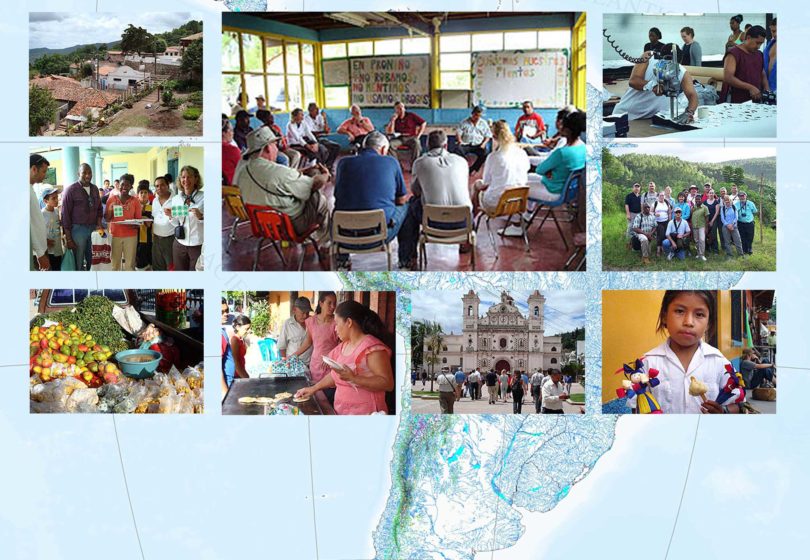The wave started years ago and hasn’t stopped growing. Latino immigration into Georgia is changing the face of the state, broadening its culture and altering its workforce.
As the community grows, its effects ripple across the state. In 2004, the Hispanic community in Georgia stood at roughly 450,000 or about 5 percent of the state’s population. Between 1990 and 2000 the Latino population increased 300 percent and is still on the rise.
To help ease the transition for Hispanic families traveling from their home countries to the U.S., Jorge Atiles, associate dean of outreach and extension in the College of Family and Consumer Sciences, and Glenn Ames, director of international public service and outreach, started a program to expose UGA faculty and staff to various Hispanic cultures on their native turf.
Charged with disseminating research and information from the university, faculty in UGA’s Cooperative Extension can face daunting tasks when trying to aid Spanish speakers in such tasks as buying homes, using banks and taking advantage of social programs.
Cross-cultural communication is a two-way street, Atiles said, and it works best if extension agents understand the worldview and culture of the immigrants they’re trying to help.
“When I first came to the University of Georgia’s extension service, we started to see the Hispanic population growing, and we knew that we had to do something to help,” Atiles said.
The programs help extension agents and specialists better understand the cultural basis for interacting with Georgia’s Latino immigrants and learn ways to work more effectively with the Latino community. By giving participants a broad set of cultural experiences, the program allows agents to better understand, communicate with, and ultimately work more effectively with Latinos and their employers in Georgia.
This is big business. Hispanic buying power was predicted to exceed $860 billion in 2007 by UGA’s Selig Center for Economic Growth. It predicts the figure to top $1.2 trillion in five years.
But these statistics don’t tell the whole story. Georgia’s Latino population, many of which are first or second generation immigrants, may have big numbers and market clout, but they often face language barriers and cultural separations that prevent them from accessing beneficial social programs and benefits services.
“This is why we’re here. It’s part of our land-grant mission at the university,” Atiles said. “We are here to serve all the people of Georgia.”
Since beginning, the program has sent dozens of UGA employees to countries whose residents are coming to Georgia in increasing numbers looking for employment and opportunity. So far, they’ve visited Ecuador, Mexico, Honduras and Costa Rica, among others.
“Our goal was to try to make it to the places where many immigrants are coming from,” Ames said. “We have our faculty stay with families in these areas.”
Staying with families is a powerful way to understand newcomers to the U.S., Ames said. By living in the foreign countries, UGA faculty develop a better understanding of Hispanic families and cultural values. The agents often receive informal Spanish lessons and take day trips to rural schools, farms and small-scale agribusiness ventures.
“As a result of the program, I have already hosted several speaking opportunities to show some of the 500-plus photos from the trip. Photos, along with my journal entries, have been an excellent tool for telling the story of my trip to Costa Rica,” said Steven Patrick, an agriculture and natural resources agent with Habersham County’s Cooperative Extension, and a 2005 program participant. “Most importantly, I’m excited to help anyone from a Hispanic background who comes to a program, because now I’ve walked a few steps in their shoes.”








